Blazing Balsamroot

We cover a lot of fascinating and insightful topics in the newsletter, but there are times when I simply want to rejoice in the beauty of the natural world with you.

I wasn't planning to write about arrowleaf balsamroots this week, but then I realized it would be a shame to not celebrate the mind-boggling superbloom that's been happening this spring.
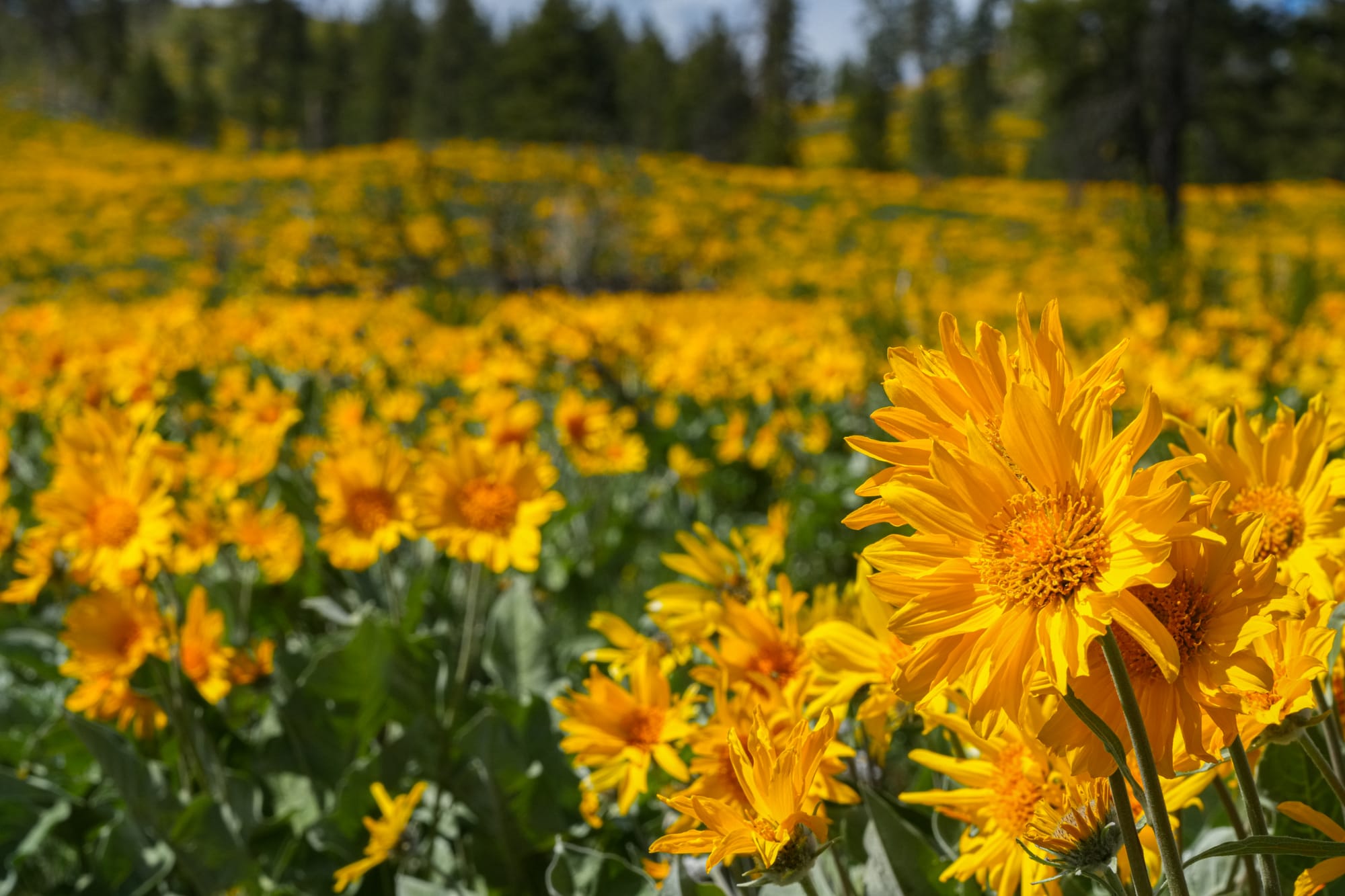
If you don't know arrowleaf balsamroots, they are members of the composite family and are one of the signature flowers of the arid American West, ranging from dry sagebrush flats to lush mountain meadows.
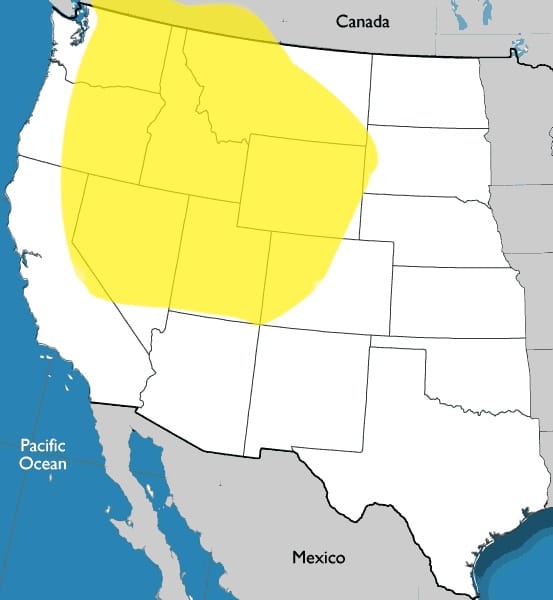
Not only are they abundant and widespread, but balsamroots are a vital part of the ecosystems they live in.
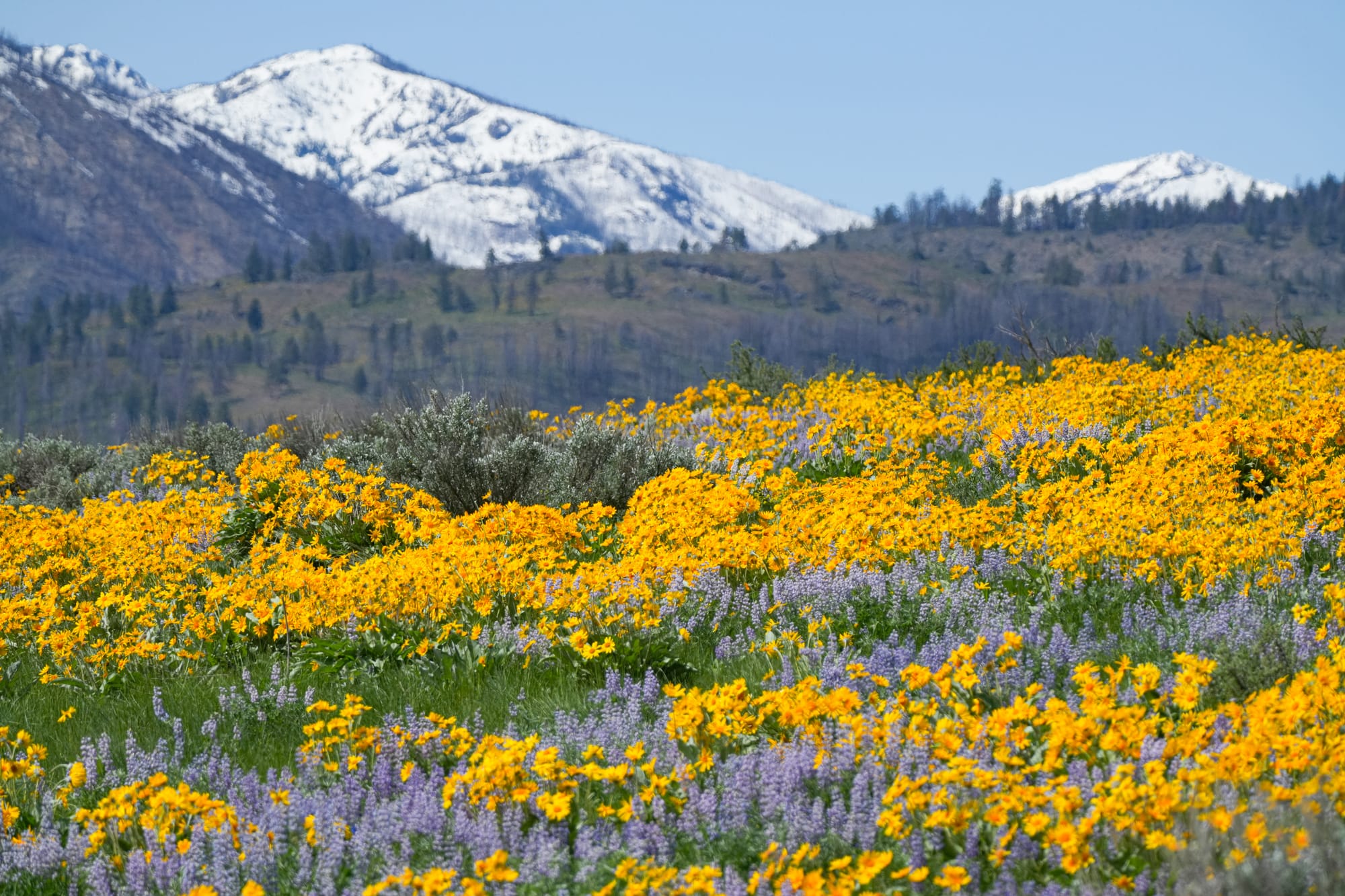
Balsamroot stems and leaves are heavily favored by deer, elk, bighorn sheep, and pronghorn antelope because the tissues are 30% protein. And the showy flowers attract countless pollinators, while the flowerheads produce immense quantities of small "sunflower" seeds that are rich in fats and proteins and eaten by countless mice, chipmunks, ground squirrels, and seed-eating birds.
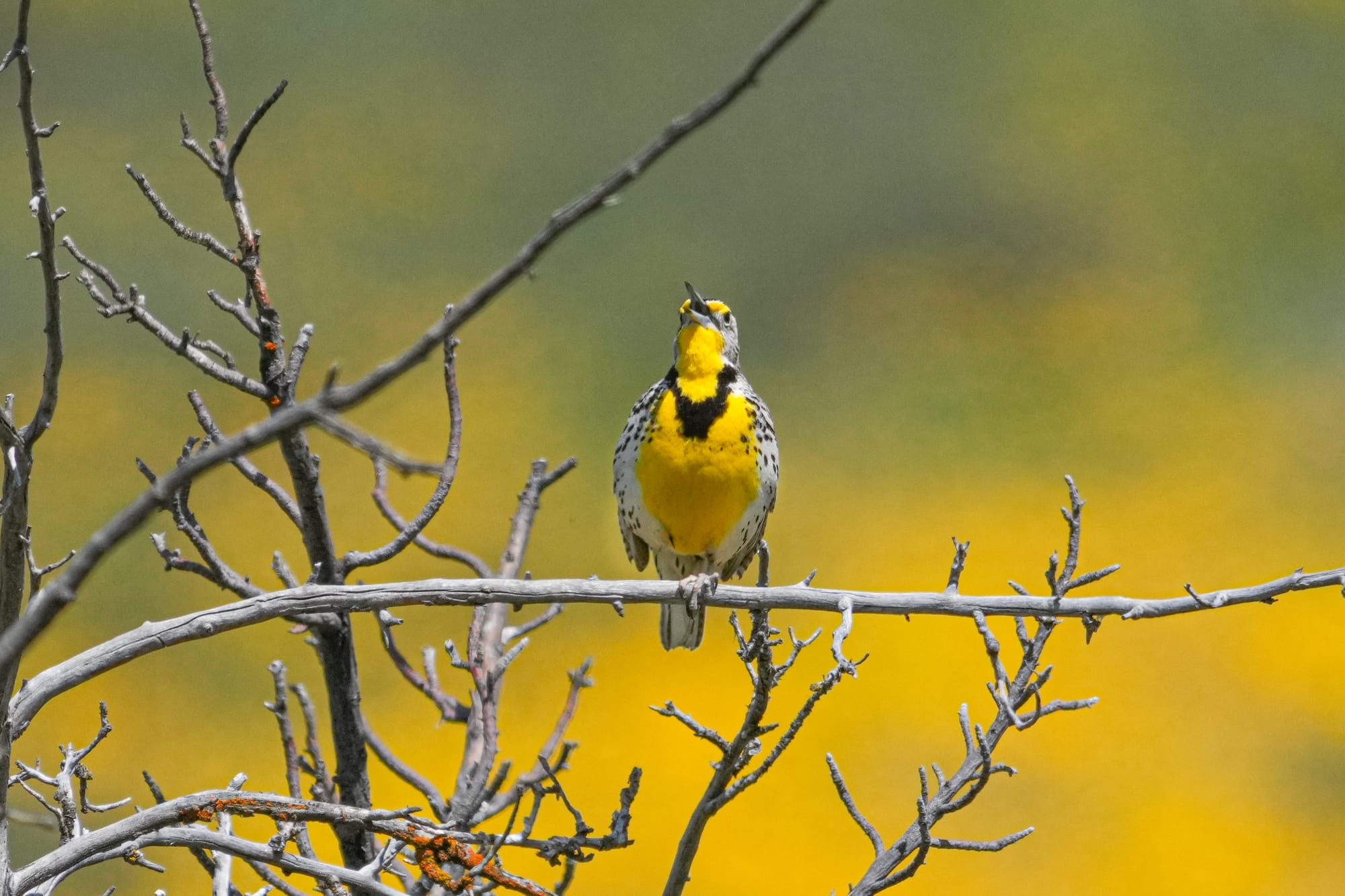
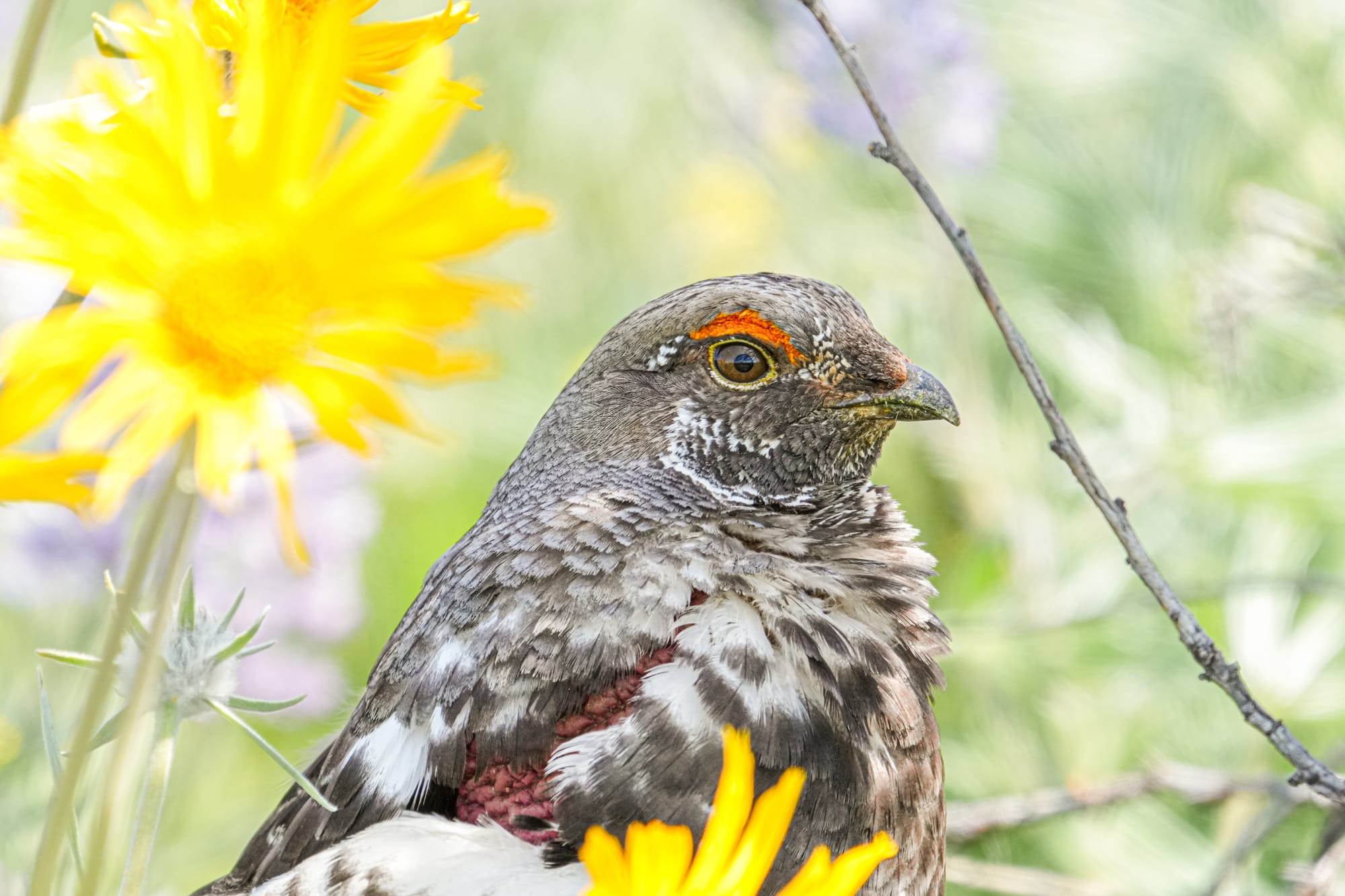
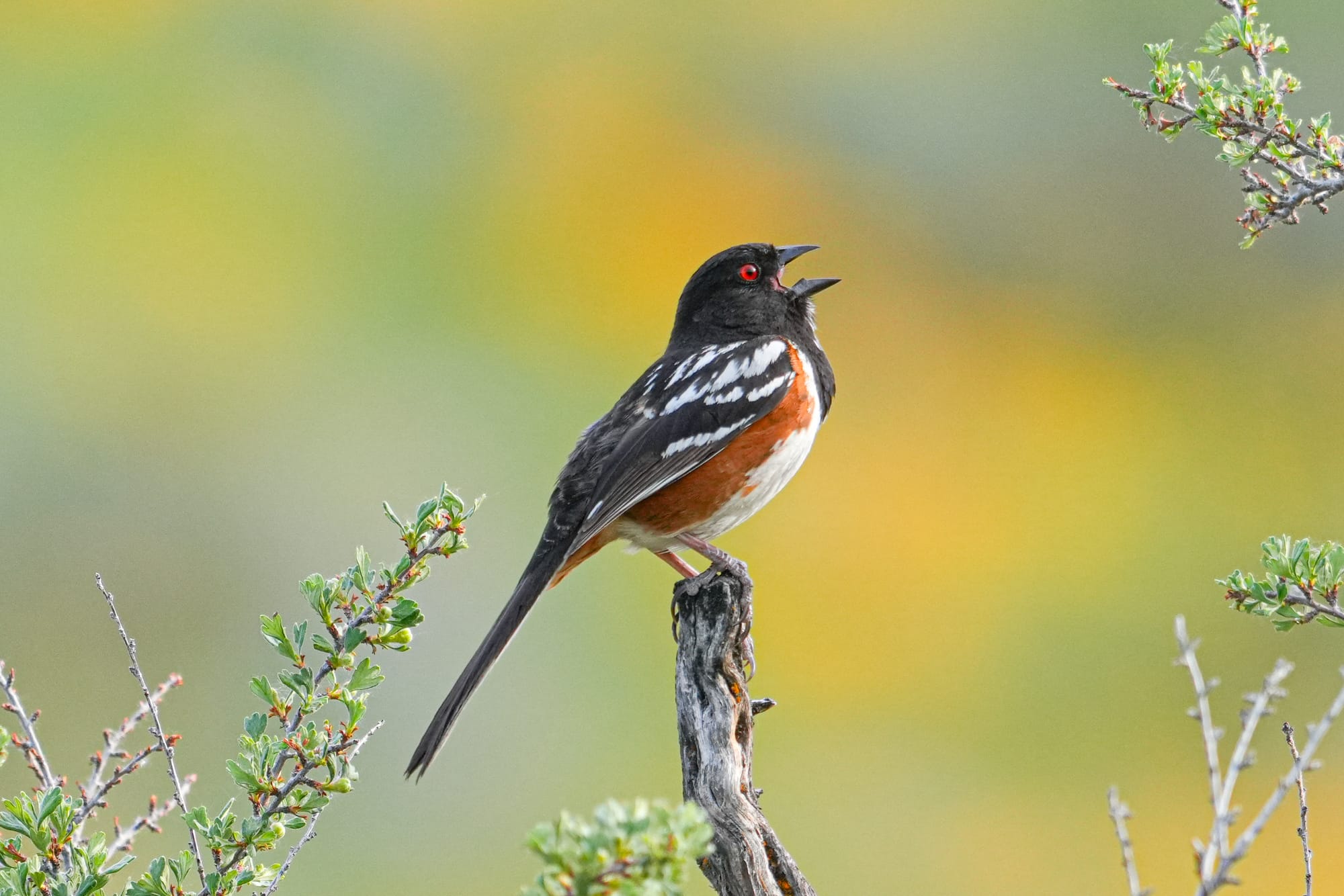
Western meadowlark, dusky grouse, and spotted towhee are some of the many birds that live among arrowleaf balsamroots. Photos by David Lukas
The composite (sunflower) family is one the Earth's most successful plant families, and balsamroots are no exception. One of the reasons why balsamroots are so successful is because they invest in long lifespans, living at least 40 years, producing thick, deep taproots and growing so slowly they can take 10 years to produce their first flowers.
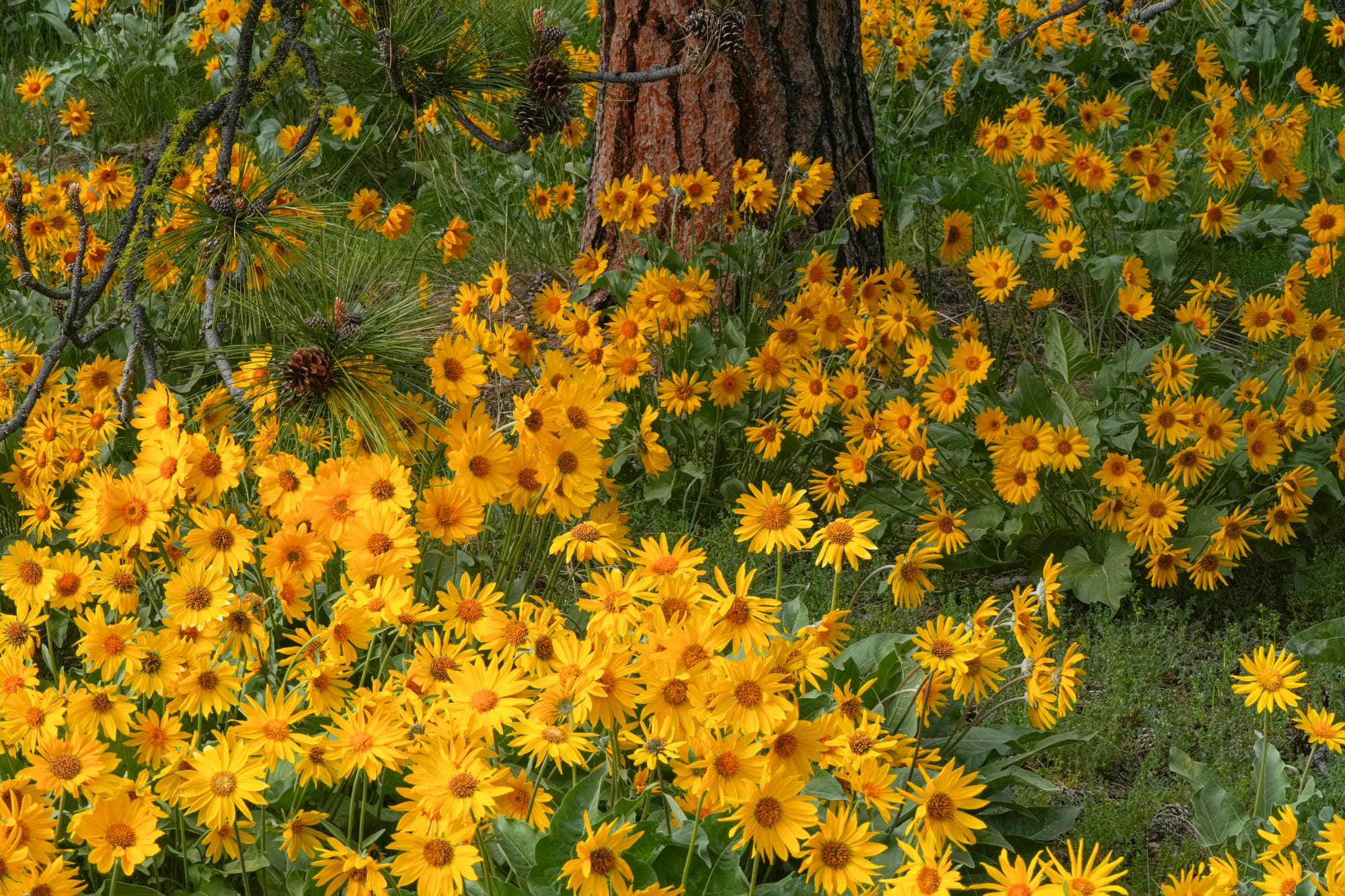
Because they grow slowly, and take so long to accumulate enough stored energy to produce large, showy flowers, it matters that their blooming cycles are carefully coordinated.
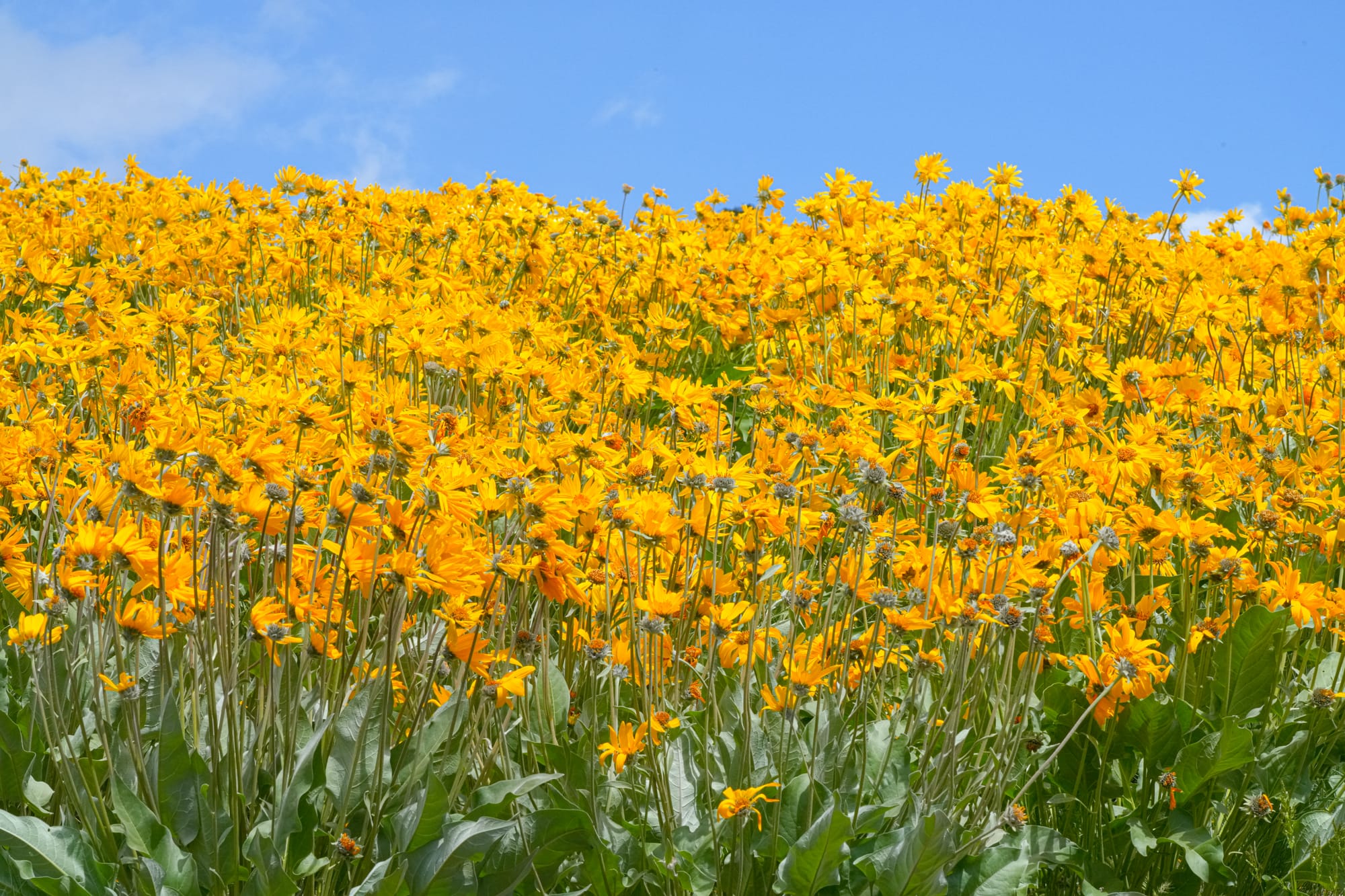
Although balsamroots can pollinate themselves, they produce twice as many seeds and are far more successful when immense numbers of flowers all bloom at the same time because this is the best way to attract more pollinators and create more opportunities for cross pollination.
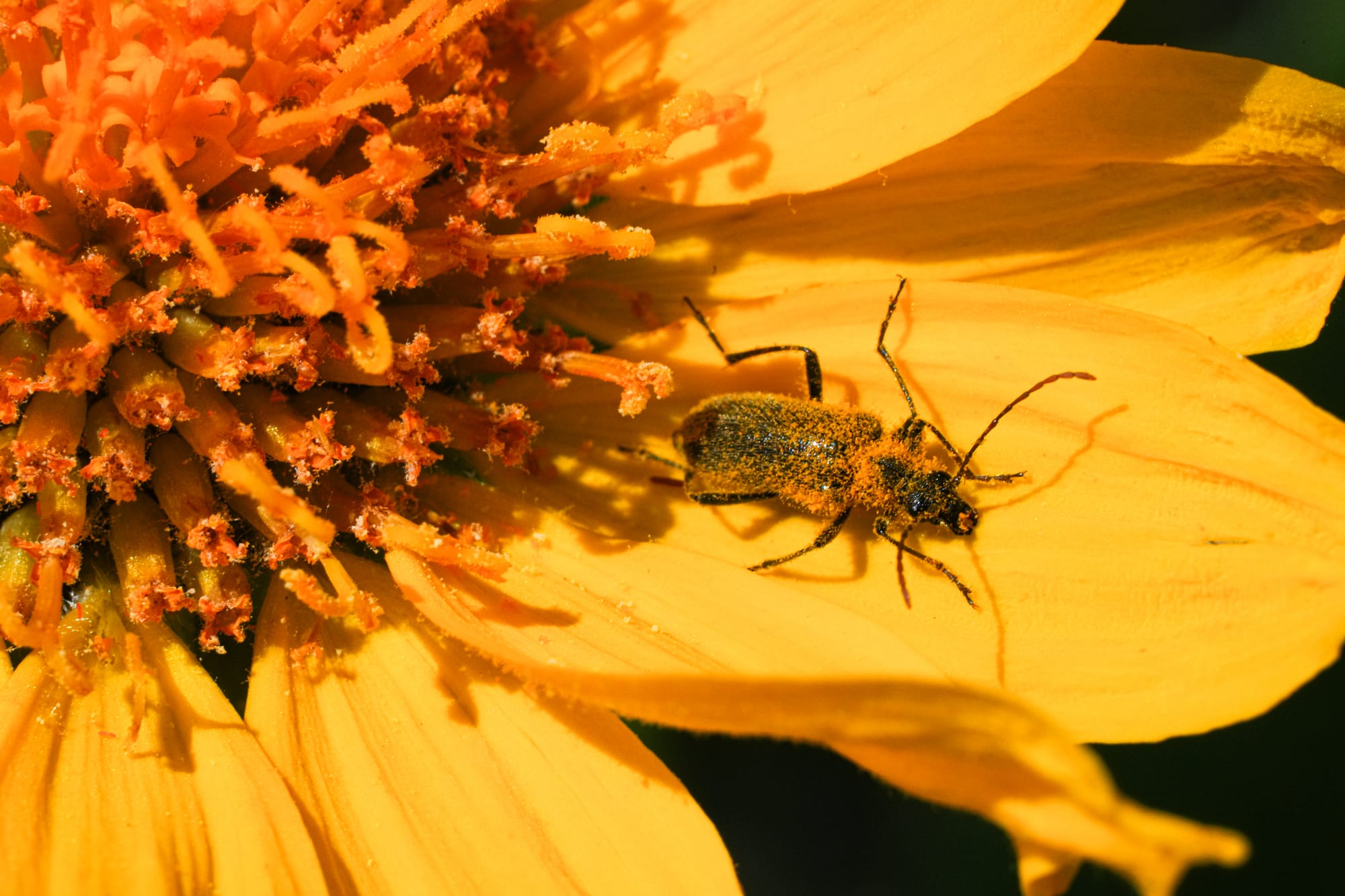
While balsamroots produce a fair number of flowers every spring, some years they erupt in superblooms of staggering proportions—and this has been one of those years!
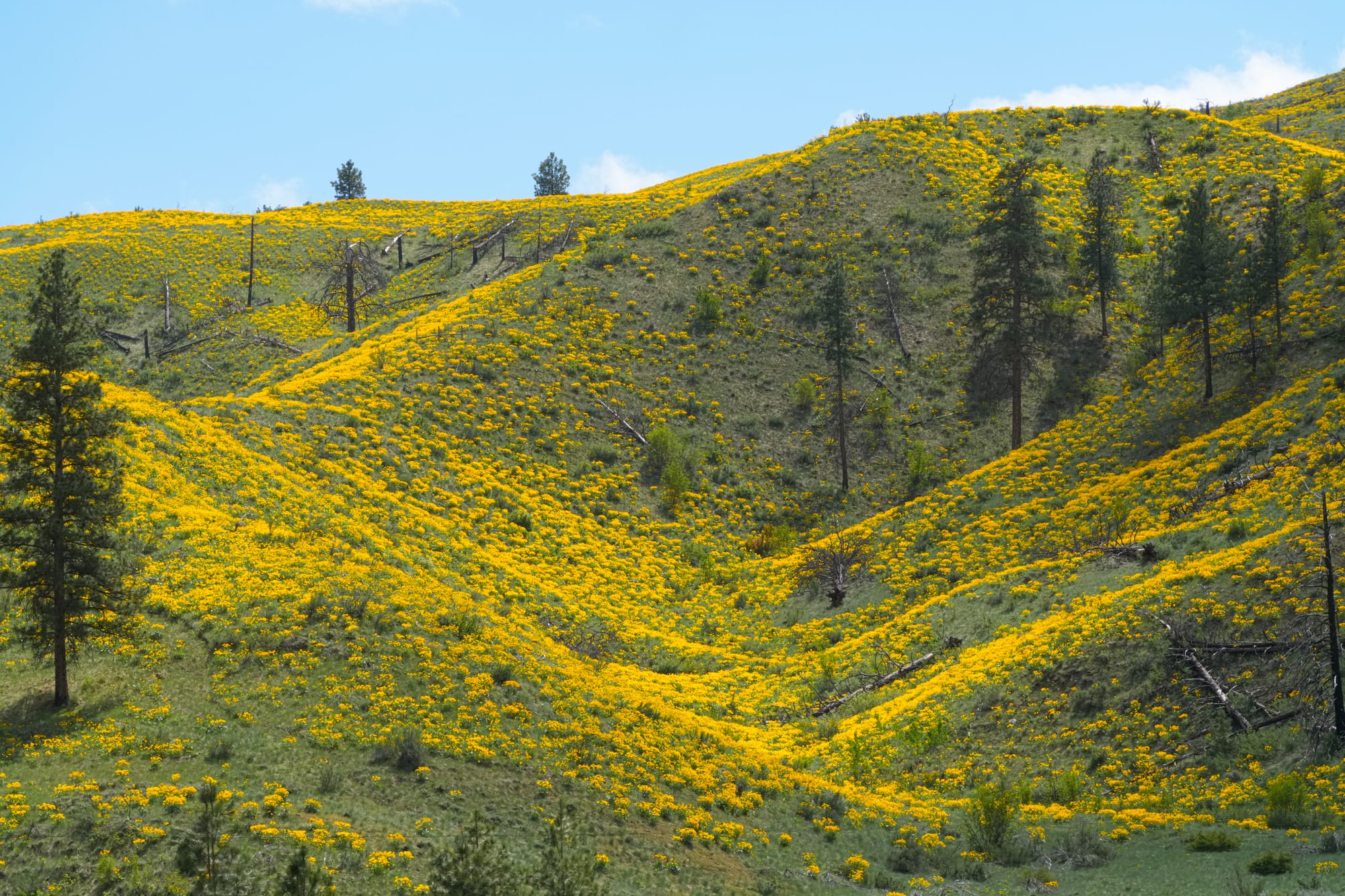
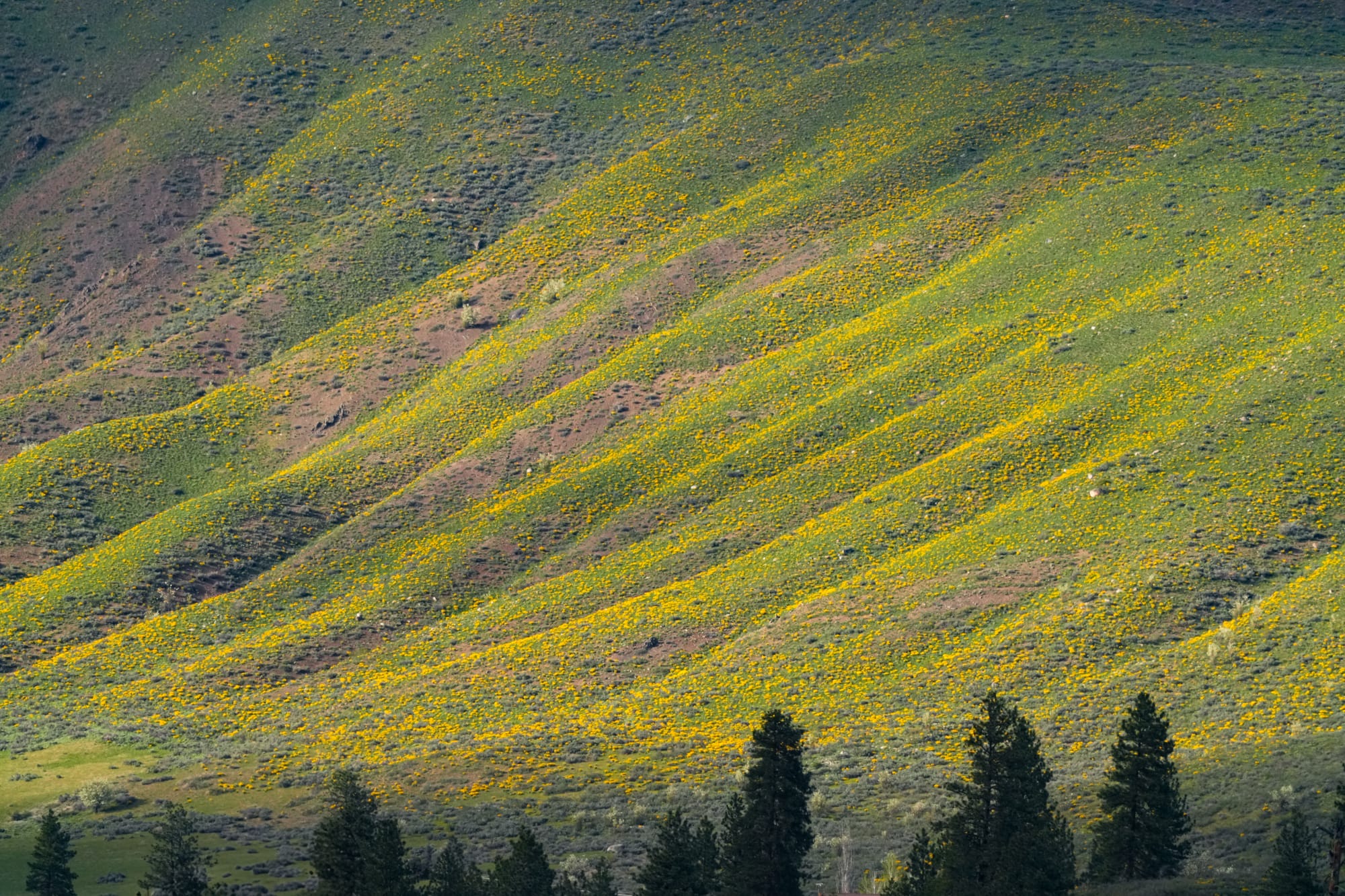
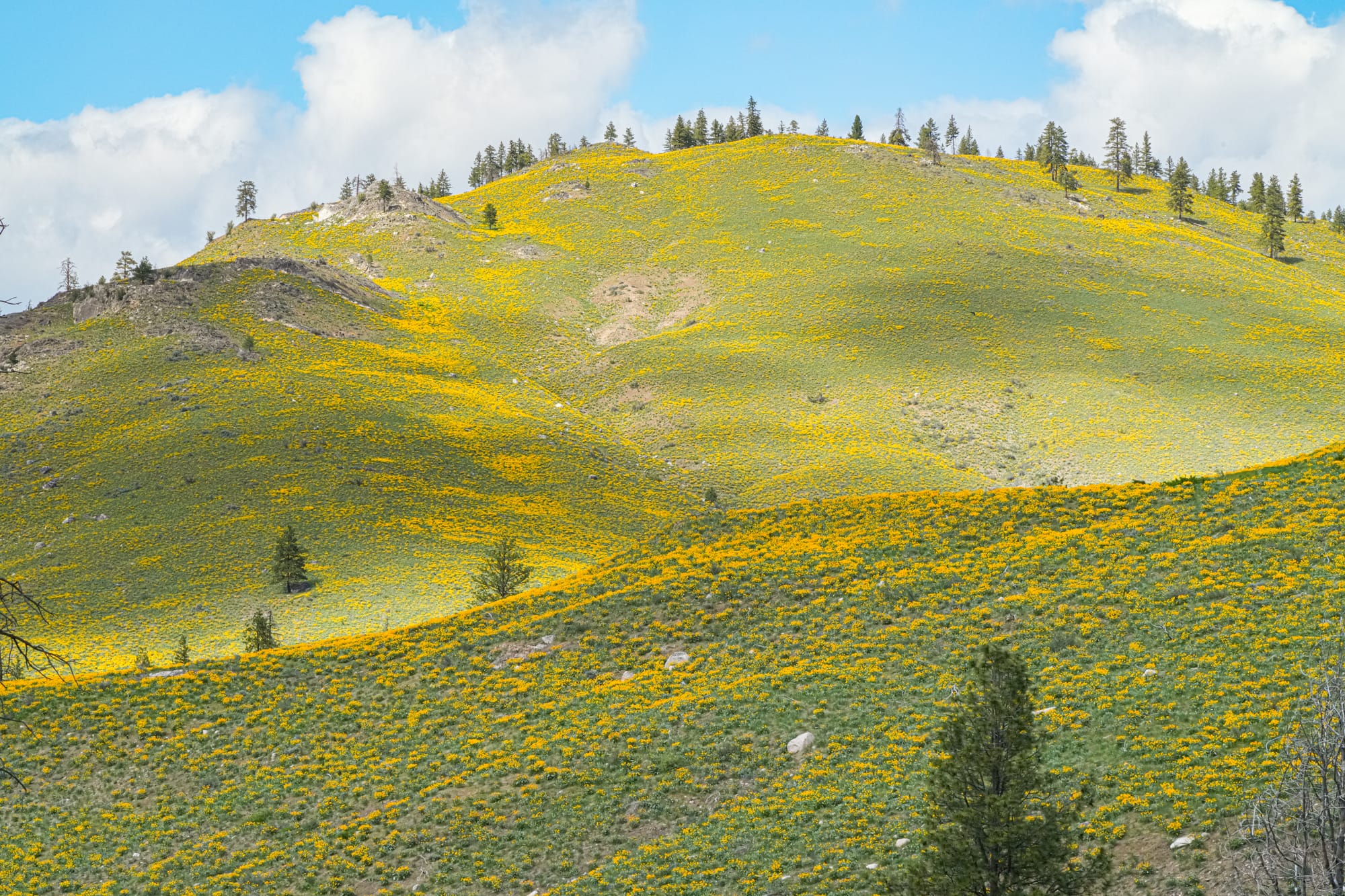

It's breathtaking to wander for hours among so many flowers that they overwhelm your senses, and we need to have these experiences as often as possible. Maybe you've been seeing lots of flowers blooming in your area, but if not, I wanted to share these blazing balsamroots with you to brighten your day.
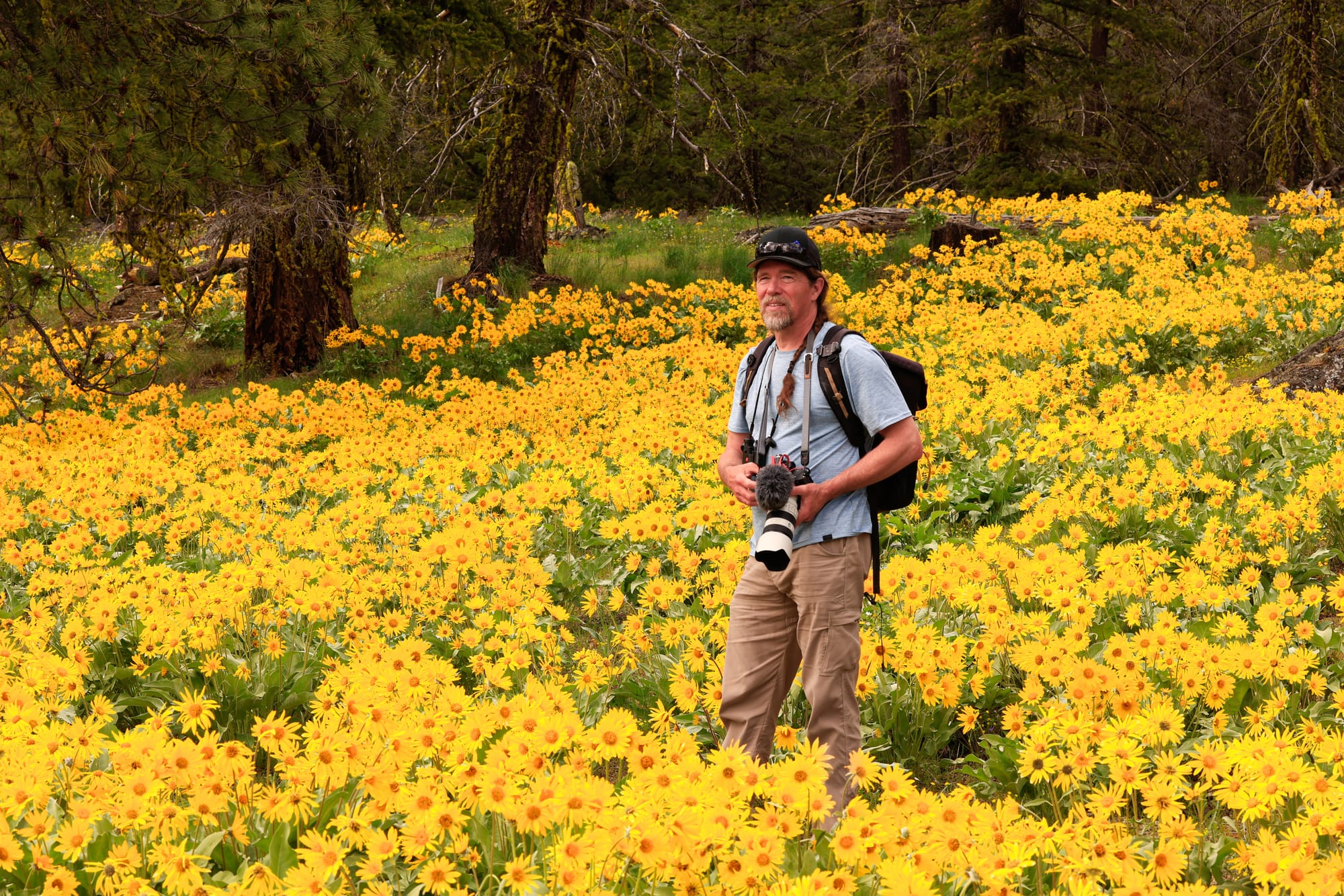
Keep Reading:
I've talked about balsamroot flowers in two previous newsletters.
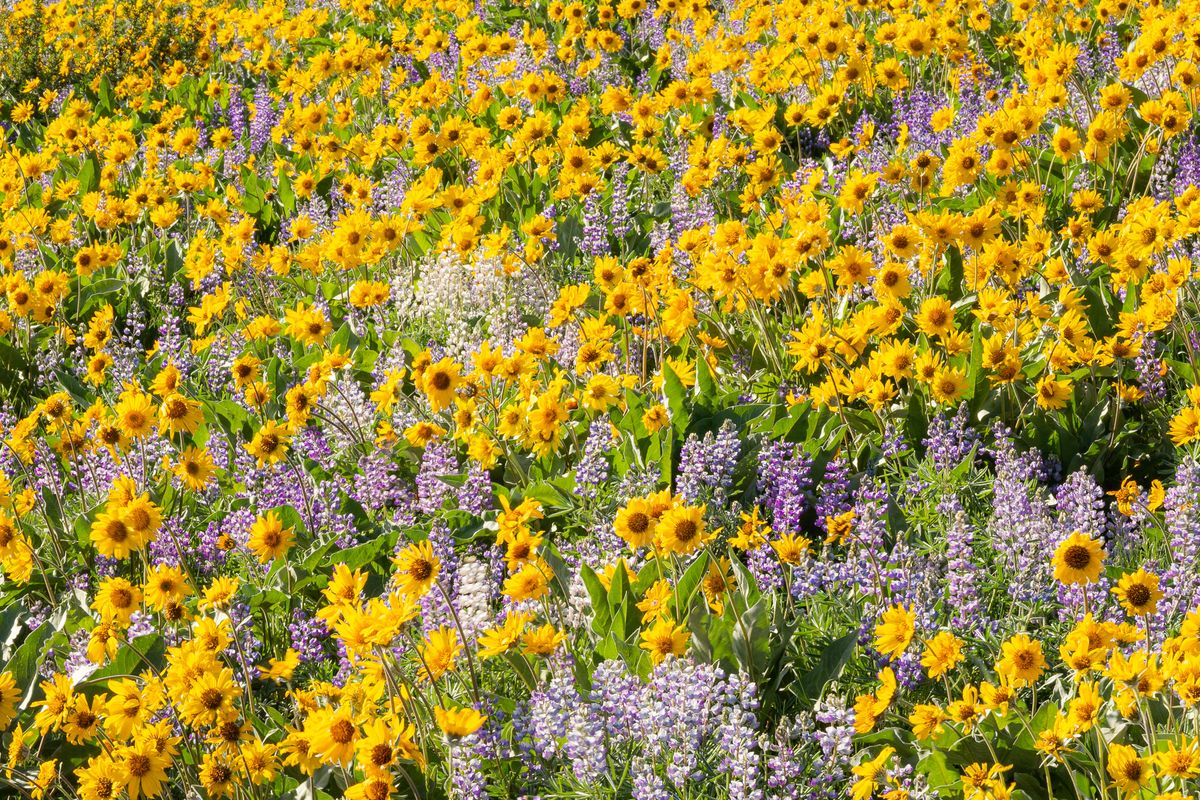
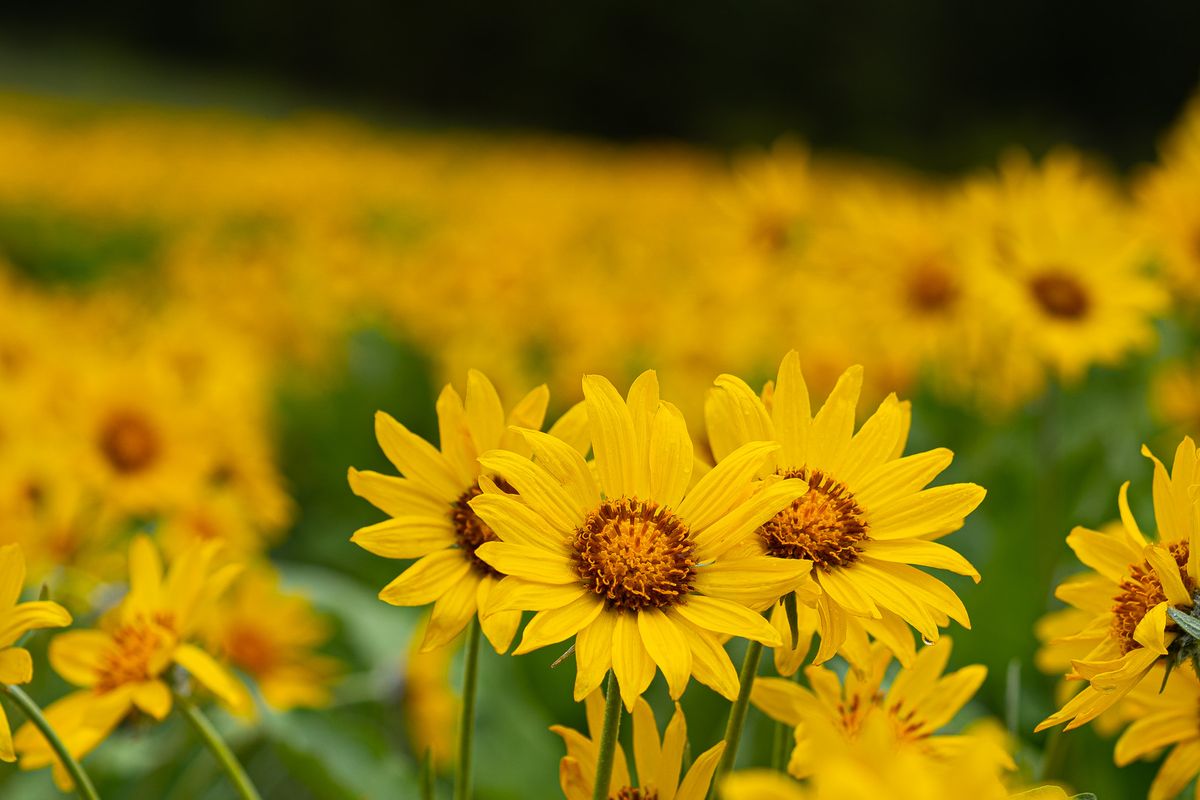



Member discussion